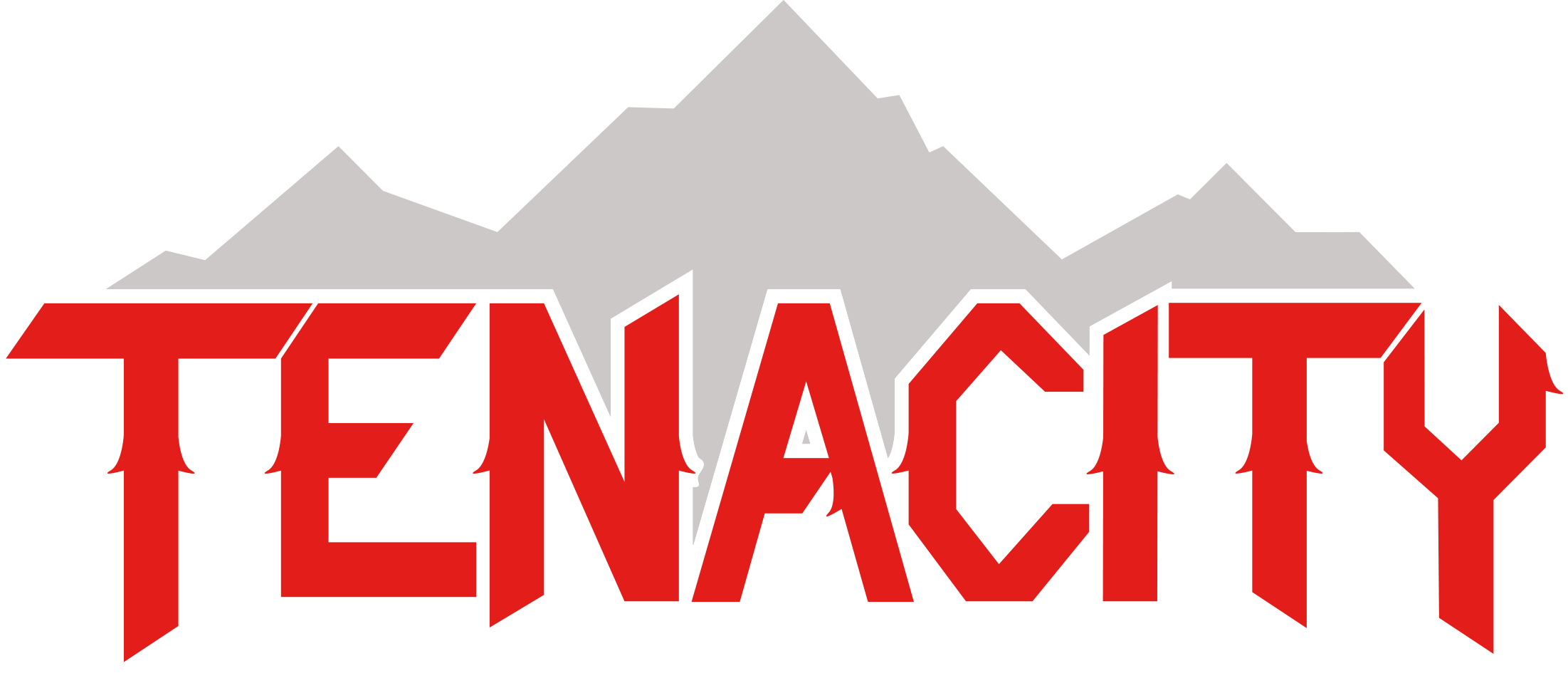People aim to lose weight and burn fat for myriad reasons and there are real benefits, particularly if you are overweight or obese.
Some of these benefits include:
- a longer life with improved quality
- decreased risk for cancer
- decreased risk of type II diabetes
- decreased risk for Cardiovascular disease
For others, the enjoyment comes purely from what they see in the mirror after some fat loss. Getting a better view of those muscles you’ve worked hard to build is something to celebrate.
The Basics of Losing Weight In A Health Way
1) Identify your set daily calories
To lose weight we have to be in a caloric deficit. One way to reach a caloric deficit is to choose a weight that is your goal weight and use it to determine the total daily calories you should consume.
Here’s the rough formula: goal weight in pounds X 12 = daily calories
Example: if your goal weight is 140, then your total daily calories would be:
140 X 12= 1,680
If your target weight is substantially below your current weight then you may need to take baby steps first.
2) Find out your daily protein intake
Protein fills us up and helps us maintain muscle mass. One of the most fundamental rules of losing weight and burning fat is a high protein diet. When trying to lose weight, here’s the formula you should use: goal weight in pounds X 0.7
Example: if your goal weight is 140, then your minimum (yes, you can eat more!) daily protein intake would be 140 X 0.7 = 98g
3) Determine your daily fiber intake
For men and women ages 50 and younger, the recommended daily allowance for fiber is 38g and 25g respectively. Most Americans only get about 16g per day! Fiber keeps your body from metabolizing all of the calories that you consume.
4) Set a goal for steps/day
Start by aiming for 7,500 steps. If that seems easy, keep moving it up. Walking is one of the best ways to burn fat. It’s also time consuming! So get in what you can, but if you have the time, keep walking!
5) Get enough sleep
Disrupted sleep, both quantity and quality, have been shown to lead to an increase in eating, mainly from snacking, especially on foods high in fat and carbohydrates.
6) Lower your stress where possible
Stress raises the body’s metabolic needs and creates a chain reaction of behaviors that can negatively affect eating habits. People who experience chronic stress may crave comfort foods, particularly foods high in sugar, fat, and calories, which may then lead to weight gain which are high in calories but low in nutrients.
7) Micronutrients Help Reduce Cravings
Those chips you crave. Probably because of the salt. Many of our cravings come from micronutrient deficiencies. Take your daily multi-vitamin and add some electrolytes to the mix and you’ll find your cravings may decrease because you’re giving your body the tools it needs.
Bonus: Stay Hydrated
Keeping hydrated with water also helps reduce cravings. Why? Because sometimes we mistake thirst for hunger and snack when we should be drinking. By keeping your body well hydrated you will reduce your hunger cravings.
Other Key Points
- There’s no secret or quick fix. To lose weight you must be in a calorie deficit.
- Weight loss should be done at a slower pace, 0.5-2lbs per week.
- As far as macros go, prioritize getting enough lean protein each meal.
- You can’t choose to reduce fat in a specific spot, like your belly or arms. Genetics determines both where we carry and lose fat.
- As we age, other factors like age-related muscle loss and hormonal changes make weight loss more difficult but not impossible.
Note: This article was developed from a more in-depth version that you can find here.
